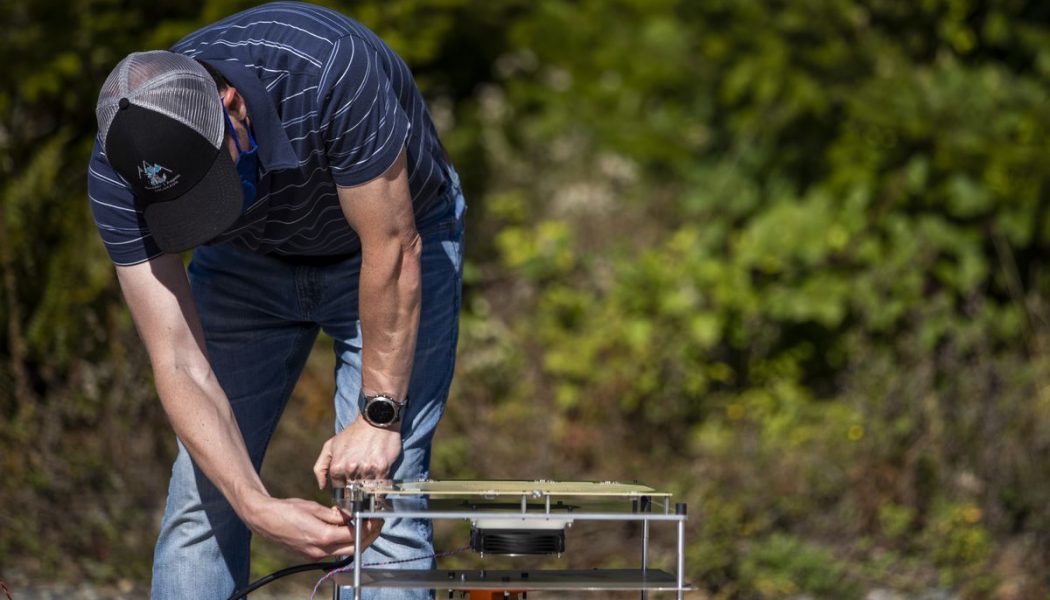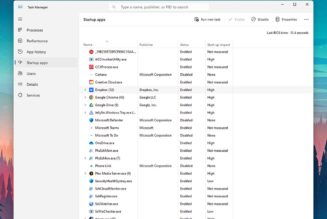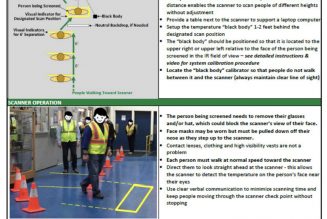Today, Amazon revealed the design of the antennas its customers will use to tap into the company’s upcoming massive satellite constellation, Project Kuiper, designed to provide broadband internet coverage from space.
The antenna, which is a phased-array design, underwent development and testing this fall, according to the company. With a diameter of just 12 inches across, the antenna is “smaller and lighter than legacy antenna designs,” Amazon claims. Testing showed the antenna can provide “maximum throughput of up to 400 Mbps.” The company also notes that the antenna can be used to stream 4K-quality videos from geostationary satellites, spacecraft that are located about 22,000 miles above the Earth.
Amazon Kuiper’s satellites will be much closer to Earth, though. In July, Amazon received approval from the Federal Communications Commission to launch a constellation of 3,236 satellites for Project Kuiper, with the spacecraft flying at altitudes ranging from 590 kilometers, or 366 miles, to 630 kilometers, or 391 miles. With so many satellites orbiting close to Earth, Project Kuiper aims to beam low-latency, broadband internet coverage to individual users on the planet below. The goal is to provide coverage to remote areas and regions that do not have access to traditional high-speed internet.
:no_upscale()/cdn.vox-cdn.com/uploads/chorus_asset/file/22174953/Project_Kuiper_Customer_Terminal_Antenna__3_.jpg)
Amazon is one of a number of companies focused on launching a massive internet-from-space constellation. Notably, SpaceX is eyeing the same goal with its Starlink initiative, a proposed constellation of nearly 12,000 satellites that will also provide broadband internet from low to medium Earth orbits. SpaceX has already launched nearly 1,000 of its Starlink satellites and has even begun initial beta testing, providing select customers with at-home antennas to tap into the satellites and receive internet coverage. Amazon has yet to launch any satellites, nor has the company revealed on which rocket the satellites will launch.
Amazon argues that by making its user terminals smaller, it will reduce the cost of making the hardware as well as lower the price point for customers to opt into the program. The company claims it was able to go small by overlaying “tiny antenna element structures” over one another.
:no_upscale()/cdn.vox-cdn.com/uploads/chorus_asset/file/22174971/Project_Kuiper_Customer_Terminal_Antenna__1_.jpg)
“If you want to make a difference for unserved and underserved communities, you need to deliver service at a price that makes sense for customers,” Rajeev Badyal, vice president of technology for Project Kuiper, said in an Amazon blog post today. “This simple fact inspired one of our key tenets for Kuiper: to invent a light, compact phased array antenna that would allow us to produce an affordable customer terminal. It’s incredible to see such a small form factor delivering this type of speed and performance.”
The 12-inch diameter makes the Amazon antenna much smaller than the Starlink antenna based on photos of the SpaceX user terminals that beta-testers have posted to Reddit. To test out SpaceX’s Starlink hardware, beta-testers had to pay an upfront cost of $499 for all of the equipment and then an additional $99 a month. Amazon has not revealed its prices for Project Kuiper, but the company did vow to invest $10 billion into the program.










